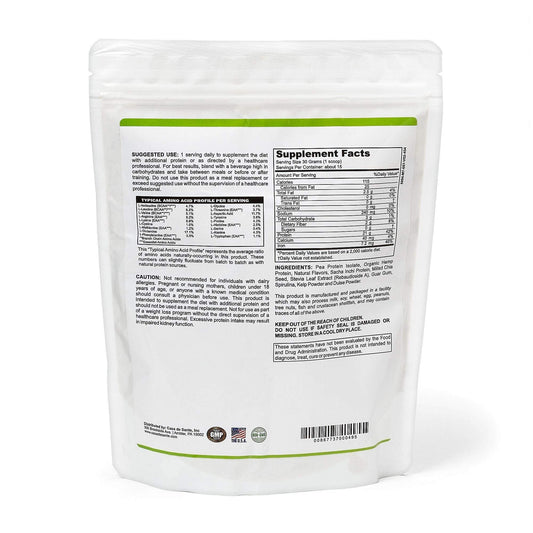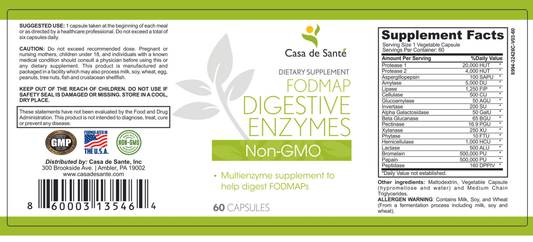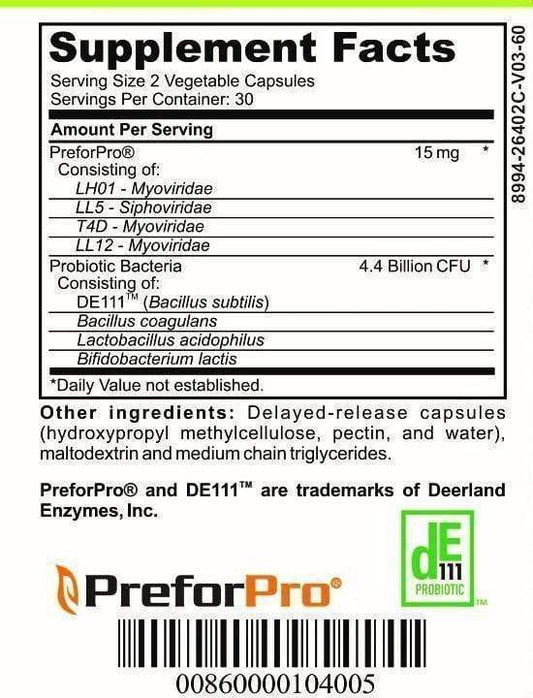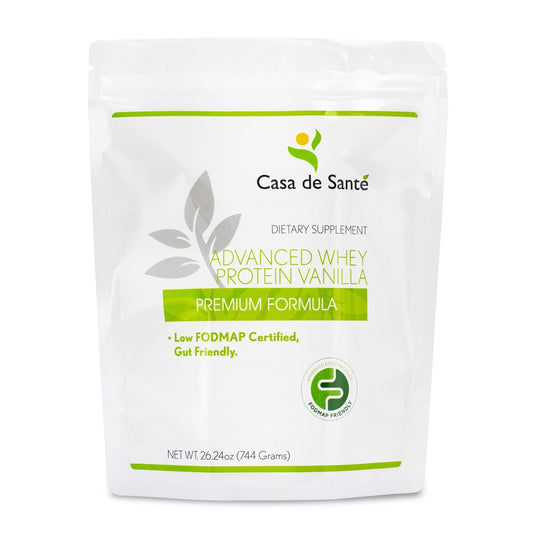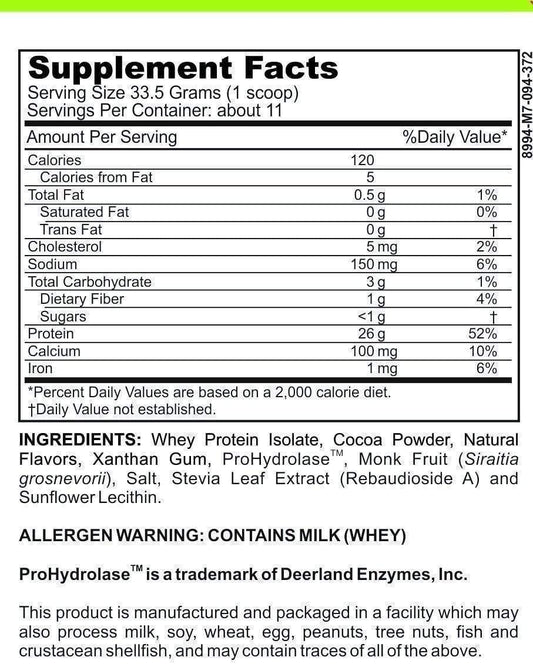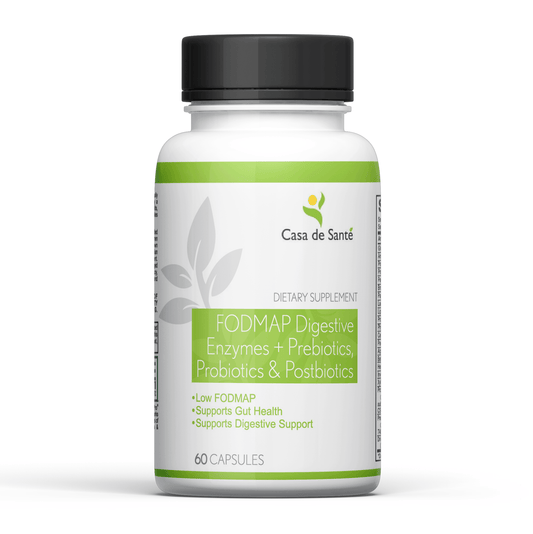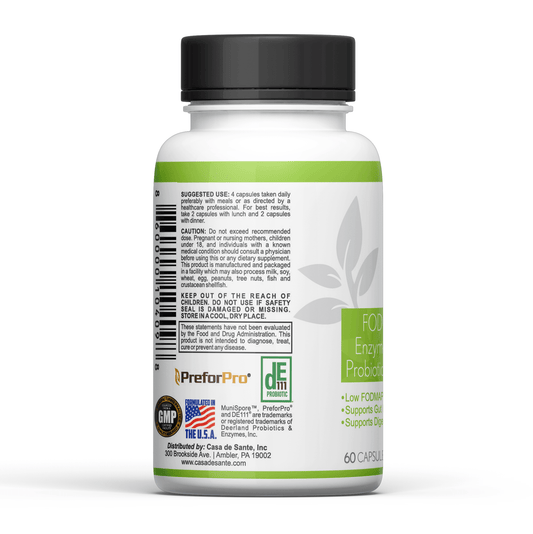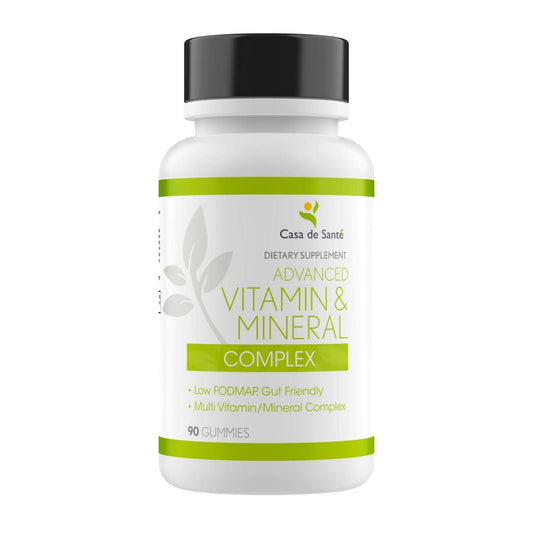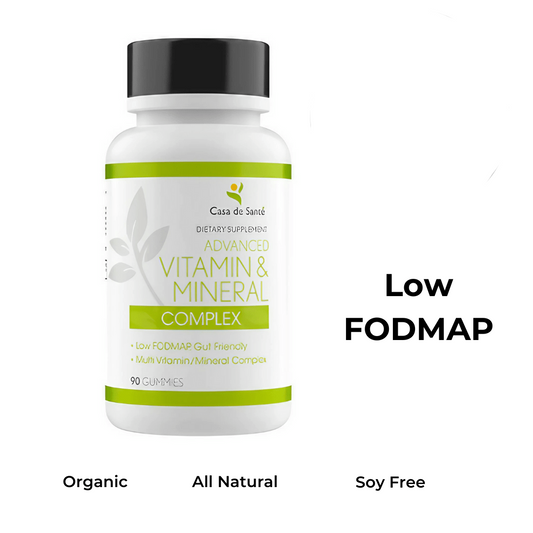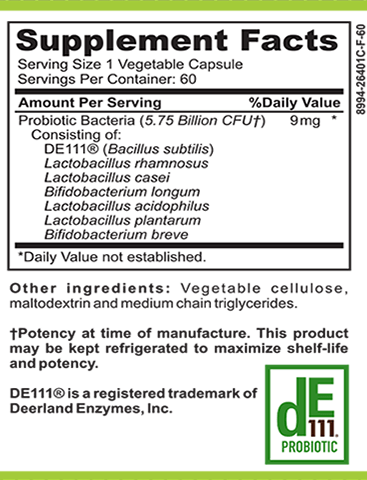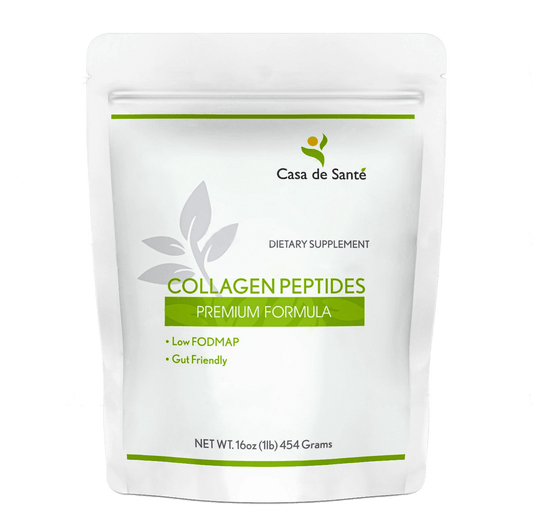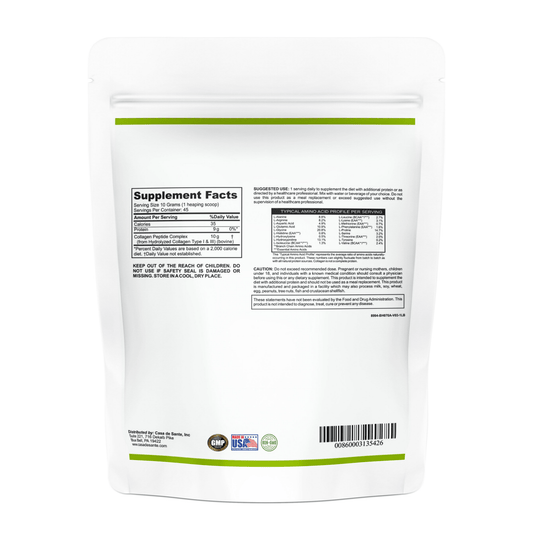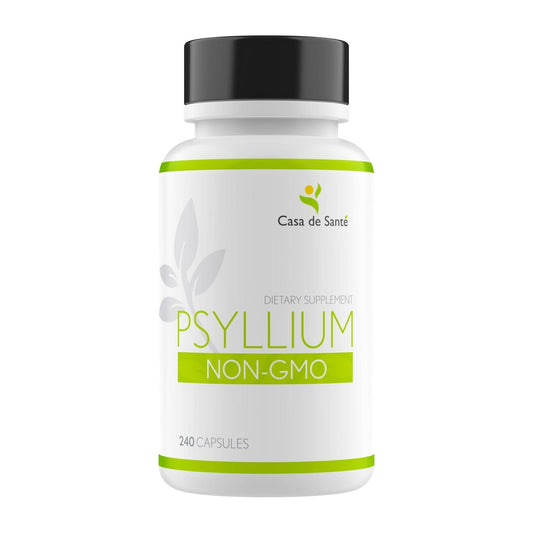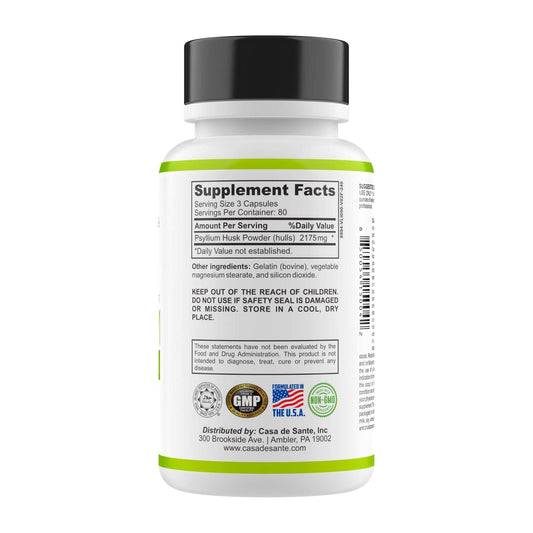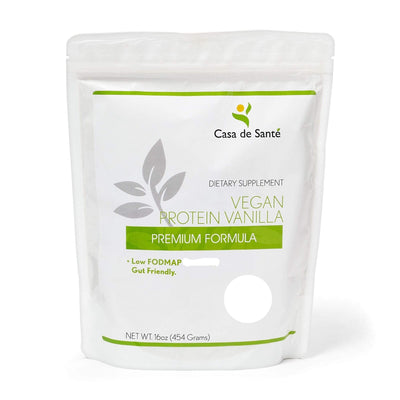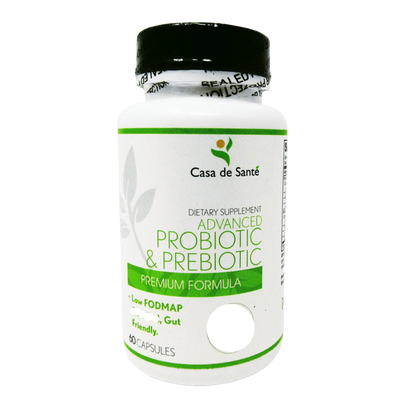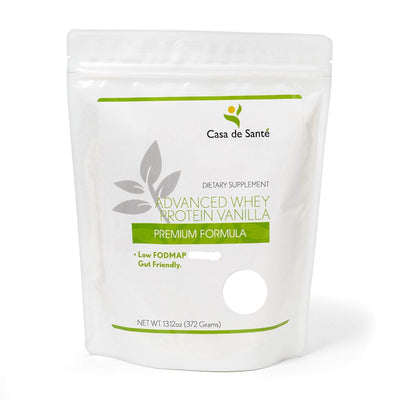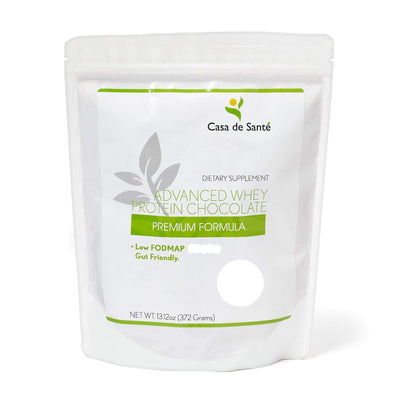Is Tannin High In Histamine
Is Tannin High In Histamine
Tannins and histamine are two substances that often come up in discussions about food and drinks. But what exactly are tannins and histamine, and is there a connection between them? In this article, we will delve into the world of tannins and histamine to understand their roles and how they interact with each other. We will also address some common misconceptions and myths surrounding tannins and histamine. So let's start by exploring tannins and their significance.
Understanding Tannins: An Overview
Tannins are a type of organic compound commonly found in plants. They belong to a group of chemicals known as polyphenols. Tannins play various roles in plants, including protection against herbivores and pathogens and aiding in plant growth and development. They are most well-known for their characteristic astringency and bitterness, which is why they are often associated with certain food and drinks.
Let's delve deeper into the fascinating world of tannins and explore their diverse applications and effects.
The Role of Tannins in Food and Drinks
In the culinary world, tannins are known for their presence in beverages such as tea, coffee, and red wine. They contribute to the complex flavors and mouthfeel of these drinks. Tannins can also be found in certain fruits, such as grapes, pomegranates, and berries. In these fruits, tannins contribute to their structure and color.
When it comes to tea, tannins are responsible for the astringent taste that some people love. The tannins in tea leaves bind to proteins in the saliva, causing a drying sensation in the mouth. This astringency is highly sought after in certain types of tea, such as black tea and oolong tea, as it adds depth and complexity to the overall flavor profile.
Red wine enthusiasts are familiar with the dry and slightly bitter taste that tannins impart. These compounds are extracted from grape skins, seeds, and stems during the winemaking process. The presence of tannins in red wine contributes to its structure, body, and ability to age well. It is the tannins that give red wine that characteristic "grip" or "bite" on the palate.
Furthermore, tannins also play a crucial role in the fermentation process of coffee beans. During roasting, tannins are released, adding to the overall flavor complexity of the brewed coffee. They contribute to the perceived bitterness and astringency, which can be balanced by the addition of milk or sugar.
Tannins and Their Chemical Composition
Chemically, tannins are a diverse group of compounds with varying structures. They are often classified into two main categories: hydrolysable tannins and condensed tannins. Hydrolysable tannins can be broken down by hydrolysis, whereas condensed tannins cannot. Their chemical composition and properties contribute to their interactions with other substances, including histamine.
Hydrolysable tannins are characterized by their ability to be hydrolyzed into smaller molecules, such as gallic acid and glucose, through the action of water or enzymes. These tannins are commonly found in plants like oak trees, chestnuts, and tea leaves. The hydrolysis process breaks the complex structure of hydrolysable tannins, releasing their astringent and antioxidant properties.
On the other hand, condensed tannins, also known as proanthocyanidins, are formed through the polymerization of flavan-3-ol units. They are found in various plant sources, including grapes, apples, and cocoa beans. Condensed tannins are responsible for the astringency in red wine and the bitterness in cocoa. These complex molecules contribute to the color stability and mouthfeel of the products they are present in.
It is worth noting that tannins can also interact with histamine, a compound involved in allergic reactions. Some individuals may experience adverse effects, such as headaches or allergic responses, when consuming foods or drinks high in tannins. Understanding the chemical composition and properties of tannins is essential for both the culinary and medical fields.
Histamine: A Closer Look
Histamine is a neurotransmitter and a biogenic amine that plays a vital role in the immune system, central nervous system, and gastrointestinal tract. It is involved in various physiological processes, including the regulation of gastric acid secretion, allergic responses, and neurotransmission. However, excessive histamine levels or histamine intolerance can lead to adverse effects.
The Function of Histamine in the Body
In the body, histamine acts as a chemical messenger, carrying signals between cells. It is released by immune cells, such as mast cells and basophils, in response to certain triggers, including allergens and injury. Histamine helps to regulate the immune response and trigger inflammation to deal with potential threats.
When histamine is released, it binds to specific receptors on target cells, initiating a cascade of reactions. These reactions can include the dilation of blood vessels, increased permeability of blood vessels, and the contraction of smooth muscles. These effects are crucial for the body's defense mechanisms, as they allow immune cells to quickly reach the site of infection or injury.
Furthermore, histamine also plays a role in the regulation of gastric acid secretion in the stomach. It stimulates the production of stomach acid, which aids in the digestion of food. However, an overproduction of histamine can lead to an excessive amount of stomach acid, causing conditions such as acid reflux and ulcers.
Histamine Intolerance: Causes and Symptoms
Sometimes, the body may have difficulty properly metabolizing or clearing histamine, leading to histamine intolerance. This intolerance can result in various symptoms, such as headaches, digestive issues, skin problems, and respiratory difficulties. It is important to identify and manage histamine intolerance to ensure optimal health.
There are several factors that can contribute to histamine intolerance. One possible cause is a deficiency of the enzyme diamine oxidase (DAO), which is responsible for breaking down histamine in the body. Without enough DAO, histamine levels can build up, leading to intolerance symptoms. Additionally, certain medications, such as non-steroidal anti-inflammatory drugs (NSAIDs) and antibiotics, can inhibit DAO activity, further exacerbating histamine intolerance.
It is worth noting that histamine intolerance is different from a true allergy to histamine. In an allergy, the immune system overreacts to histamine, causing an immediate and often severe allergic reaction. Histamine intolerance, on the other hand, is a non-immune response that occurs when histamine levels exceed the body's ability to break it down.
Managing histamine intolerance involves identifying and avoiding foods and beverages that are high in histamine or trigger its release. These can include aged cheeses, fermented foods, alcohol, and certain fruits and vegetables. Additionally, some individuals may find relief through the use of DAO supplements, which can help break down excess histamine in the body.
Overall, histamine is a crucial molecule in the body that plays a multifaceted role in various physiological processes. Understanding its functions and the potential issues associated with histamine intolerance can help individuals make informed choices about their health and well-being.
The Connection Between Tannins and Histamine
Now comes the question: Is tannin high in histamine? The answer is a bit more complex, as there is no straightforward relationship between tannins and histamine levels in food or drinks. However, some research suggests that tannins can influence the body's histamine levels.
Before we delve into the details, let's first understand what tannins are. Tannins are a type of polyphenol compound found in various plant-based foods and beverages, such as tea, coffee, red wine, and certain fruits. They are responsible for the astringent taste and mouth-drying sensation often experienced when consuming these substances.
Now, let's explore how tannins can potentially influence histamine levels in the body.
How Tannins Can Influence Histamine Levels
Studies have shown that tannins can inhibit the release of histamine from immune cells and reduce its effects. This inhibition can potentially be beneficial for individuals with histamine intolerance or allergies. By reducing histamine release, tannins may help alleviate symptoms such as itching, sneezing, and nasal congestion.
However, it is important to note that the extent of this influence may vary depending on the specific tannin and its interactions with other compounds present in the food or drink. For example, the tannins found in green tea may have different effects on histamine levels compared to those found in red wine.
Furthermore, the concentration of tannins in a particular food or drink can also play a role in their interaction with histamine. Higher concentrations of tannins may have a more pronounced effect on histamine levels, while lower concentrations may have minimal impact.
The Science Behind Tannins and Histamine Interaction
The exact mechanisms by which tannins interact with histamine are not yet fully understood. However, researchers believe that tannins have the ability to bind to histamine molecules, reducing their availability for release and decreasing histamine activity.
Additionally, the specific tannin-histamine interactions can depend on factors such as pH, temperature, and other substances present. For example, the acidic environment in the stomach may affect the binding capacity of tannins to histamine, potentially altering their overall impact on histamine levels.
It is worth mentioning that while tannins may have the potential to modulate histamine levels, individual responses can vary. Factors such as genetics, overall health, and the presence of other dietary components can influence how tannins interact with histamine in each person's body.
In conclusion, while there is no direct correlation between tannin content and histamine levels, research suggests that tannins can influence histamine release and activity. Further studies are needed to fully understand the mechanisms behind this interaction and to determine the specific effects of different tannins on histamine levels.
Debunking Myths: Are Tannins High in Histamine?
There are some misconceptions surrounding tannins and their histamine content. One common myth is that red wine, which is known for its tannin content, is high in histamine. While red wine can indeed trigger histamine release in some individuals, this is not solely due to tannins. Other compounds, such as alcohol and other biogenic amines, may also contribute to the histamine response.
Common Misconceptions About Tannins and Histamine
Another misconception is that all tannin-containing foods or drinks should be avoided by individuals with histamine intolerance. In reality, the impact of tannins on histamine levels can vary, and some tannin-rich foods may actually be well-tolerated by individuals with histamine-related issues.
The Truth About Tannin's Histamine Content
Most tannin-rich foods and drinks do not contain significant amounts of histamine themselves. However, they may interact with histamine or contribute to histamine release in certain situations. Understanding these interactions and monitoring personal tolerance is key to managing histamine levels effectively.
Managing Histamine Levels in Your Diet
If you have histamine intolerance or sensitivity, making dietary changes can help manage symptoms and improve overall well-being. Here are some guidelines to consider:
Foods to Avoid for Histamine Intolerance
- Aged cheeses, such as blue cheese and cheddar
- Alcohol, especially beer, wine, and champagne
- Fermented foods, such as sauerkraut, pickles, and soy sauce
- Cured and processed meats
- Shellfish
- Chocolate and cocoa
Low-Histamine Diet: What to Include
- Fresh fruits and vegetables
- Lean meats and fish
- Gluten-free grains, such as rice and quinoa
- Dairy alternatives, like almond milk or coconut milk
- Herbal teas
- Healthy fats, such as olive oil and avocado
In conclusion, the relationship between tannins and histamine is complex and not yet fully understood. While tannins can influence histamine levels, their impact can vary depending on the specific food or drink and individual factors. It is important to consider overall dietary patterns and personal tolerance when managing histamine-related issues. Consulting with a healthcare professional or registered dietitian can provide individualized guidance and support in navigating this complex topic.


